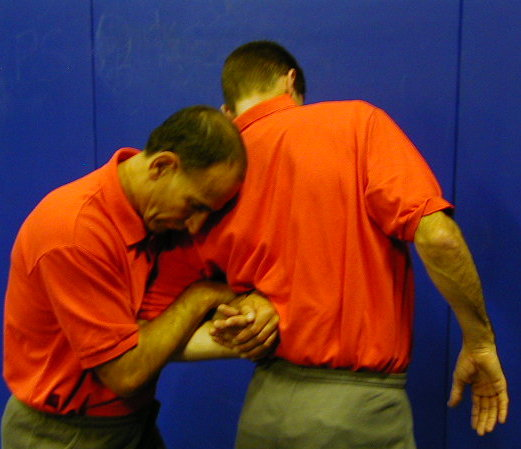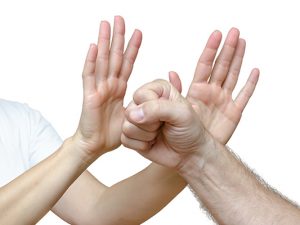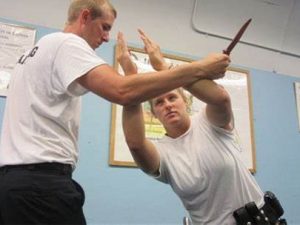Description
Advanced Physical Intervention
The ultimate aim is to avoid having to use any form of physical intervention as its use carries risks for everyone involved. However, there may always be situations and or working environments where you may have to use some form of physical intervention for many different reasons. The decision to use any physical intervention skills should never be taken lightly and should always be a ‘last resort’ when other options have failed or are likely to fail if tried.
All physical intervention and restraint techniques require a good understanding of the movement of the limb being restrained, the necessary co-ordination required to achieve the final objective and the possible medical implications and risks associated with each technique. The positive use of voice is vital, as this may assist in negating the subject’s efforts to resist.
The bespoke Advanced Physical Intervention Training
Methods of Control
There are a number of methods by which a subject may be controlled with reasonable, necessary, proportionate and justifiable force, while taking into account the type and level of injury that may be likely to occur to the subject.
Holding
This is where the subject has their limbs or part of their body held in order to limit or restrict movement. However, there is no intention or perceived requirement to cause pain or discomfort in order to gain or keep control.
Pain Compliance (Pain & Reward)
This is probably the oldest known subject control principle in the history of criminal justice. This is because virtually any technique application could be turned into a pain compliance technique. Operationally, this works on the principle of the ‘pain/reward’ concept.
Using a combination of verbal commands and discomfort to discourage the subject from further resistance. Once the pain exceeds the subject’s pain threshold, which may be artificially raised by the presence of drink, drugs, mental illness, or the subject’s determination, then the subject may stop resisting. If the subject stops resisting, then the pressure is relaxing relieving the pain. Although the brain may be stimulated by the application of a pain compliance technique, it is equally important to tell the subject what is required by ‘loud, repetitive, verbal commands’.
Balance Displacement
The overriding aim in any form of restraint is to keep the subject upright due to the increased risks of injury when the subject is controlled on the ground, however, in reality this is not always feasible or possible. Balance displacement is therefore important if it’s necessary to take the subject to the ground in order to control them and to limit their movement and resistance.




